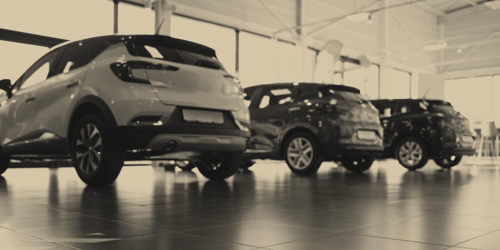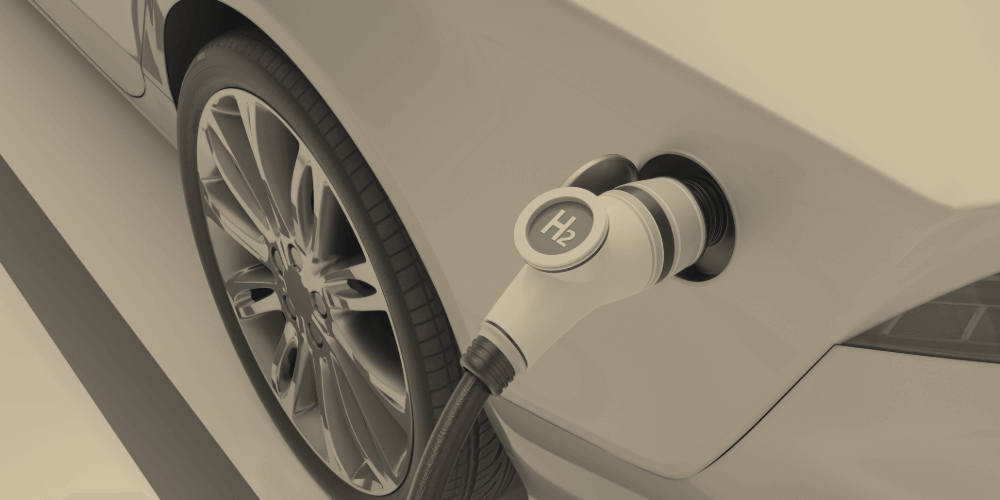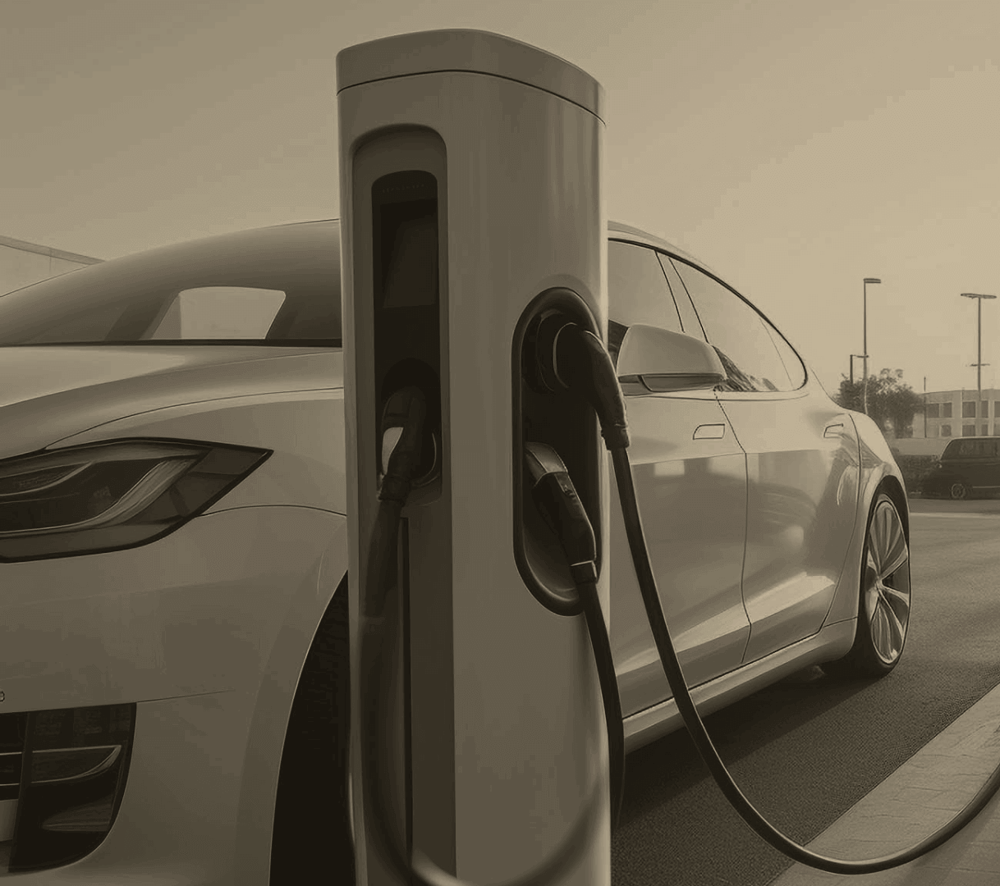Industry Briefing #15
Automotive media highlights

- Reading time
- 1 min
- Words
- The Briefing
- Published date
- July 30, 2024
The Briefing keeps consultants ahead by unpacking essential trends and emerging questions they can answer through market research.
On this week’s issue: Sedans are losing popularity in the US, leading many manufacturers to halt production. In response, the US government has approved over $1 billion for EV manufacturing. Meanwhile, the EU has imposed steep tariffs on Chinese EVs, but Chinese firms continue to expand internationally. Tesla's robotaxi project progresses despite a delay in the prototype display. Additionally, excitement grows for the new Ionna EV charging network as Toyota joins the initiative.
Questions to Stay One Step Ahead
In a year with so many elections happening around the world, the car industry has become political. Western countries continue to put tariffs on car imports from China, while domestically shifting the focus to EV manufacturing to create jobs. There are also many interesting changes regarding consumer preferences and attitudes toward cars. Understanding these changes can help your organization better connect with today’s auto consumers and meet their needs.
Questions to consider include:
- Car types: What are the most desirable car sizes and types for the average consumer? Why are consumers moving away from smaller models like sedans?
- Robotaxis: Do consumers feel comfortable taking robot axes? What features would they like to see from automated vehicles in the future?
- EV charging: Does the average consumer have access to EV charging stations in their city? Would they be willing to switch to an EV if they don’t already have one?
Interested in launching a study on these topics?
Reach out to Potloc today to jumpstart a market research study for your strategic projects.








